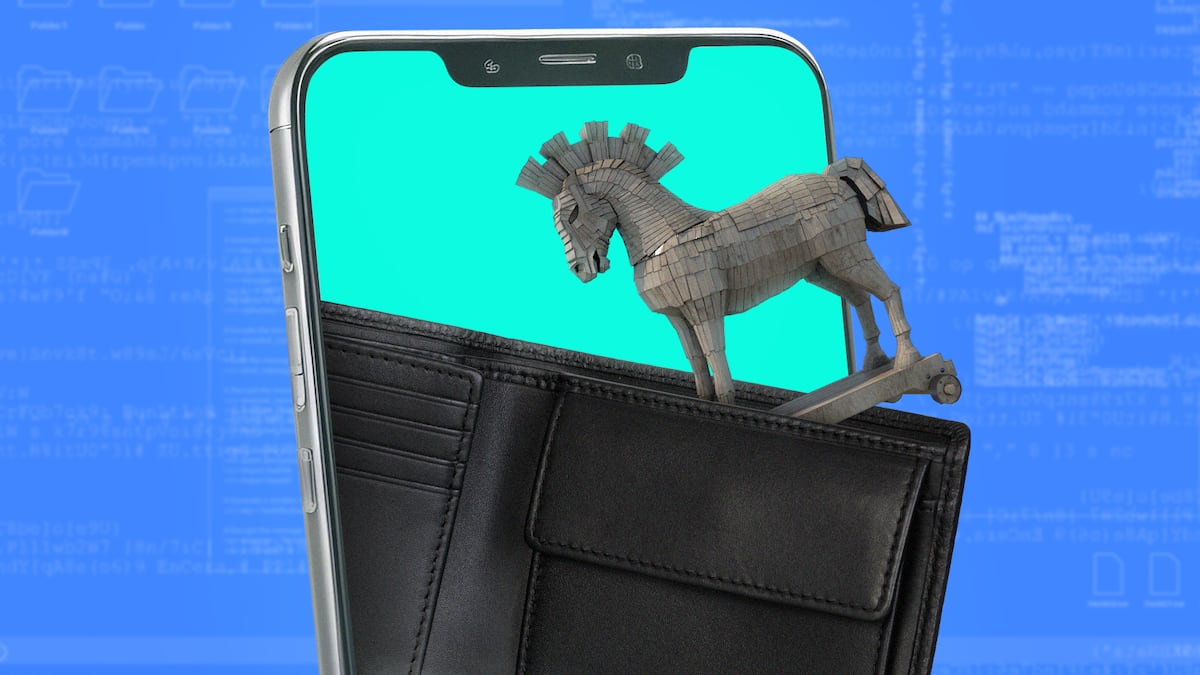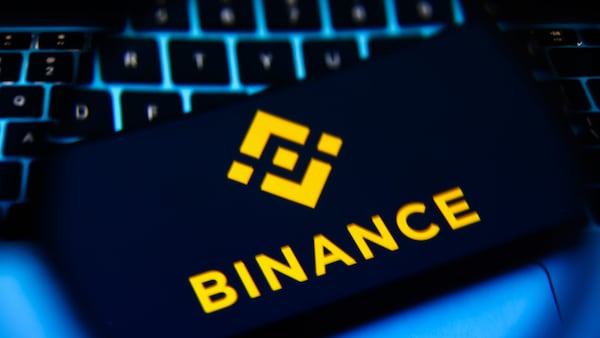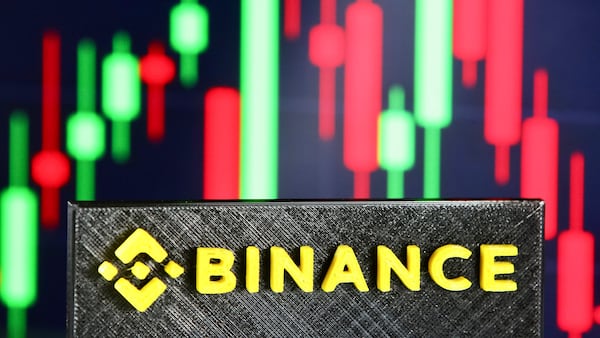- Binance blacklists attacker addresses linked to Clipper malware.
- Users advised to double-check wallet addresses before sending.
- Stealer-type malware increases, targets crypto transactions and wallet data.
Binance has implemented several countermeasures to tackle the rise of Clipper malware, which alters crypto withdrawal addresses. This has reportedly caused financial losses for a number of users.
These countermeasures include blacklisting malicious addresses to prevent further fraudulent transactions.
A Binance representative said, “We have blacklisted the attacker addresses to prevent further fraudulent transactions. This has successfully thwarted numerous withdrawal attempts from potential victims.”
In addition to this, Binance launched a notification system to inform users about the risk of malware on their devices, advising them to scan for suspicious software or plugins.
The exchange also encourages affected users to report their incidents to assist in identifying and neutralising malicious programs.
ANY.RUN’s Q2 2024 Malware Trends Report highlighted a surge in similar stealer malware, malicious software designed to steal sensitive information such as login credentials, private keys, and crypto wallet data. RedLine, a highly effective example of this malware, witnessed a 379% increase in detections during Q2.
Binance advises users to always verify the authenticity of apps and plugins by avoiding unofficial sources, double-check wallet addresses before completing transactions, and install reputable security software to detect and remove malware.







